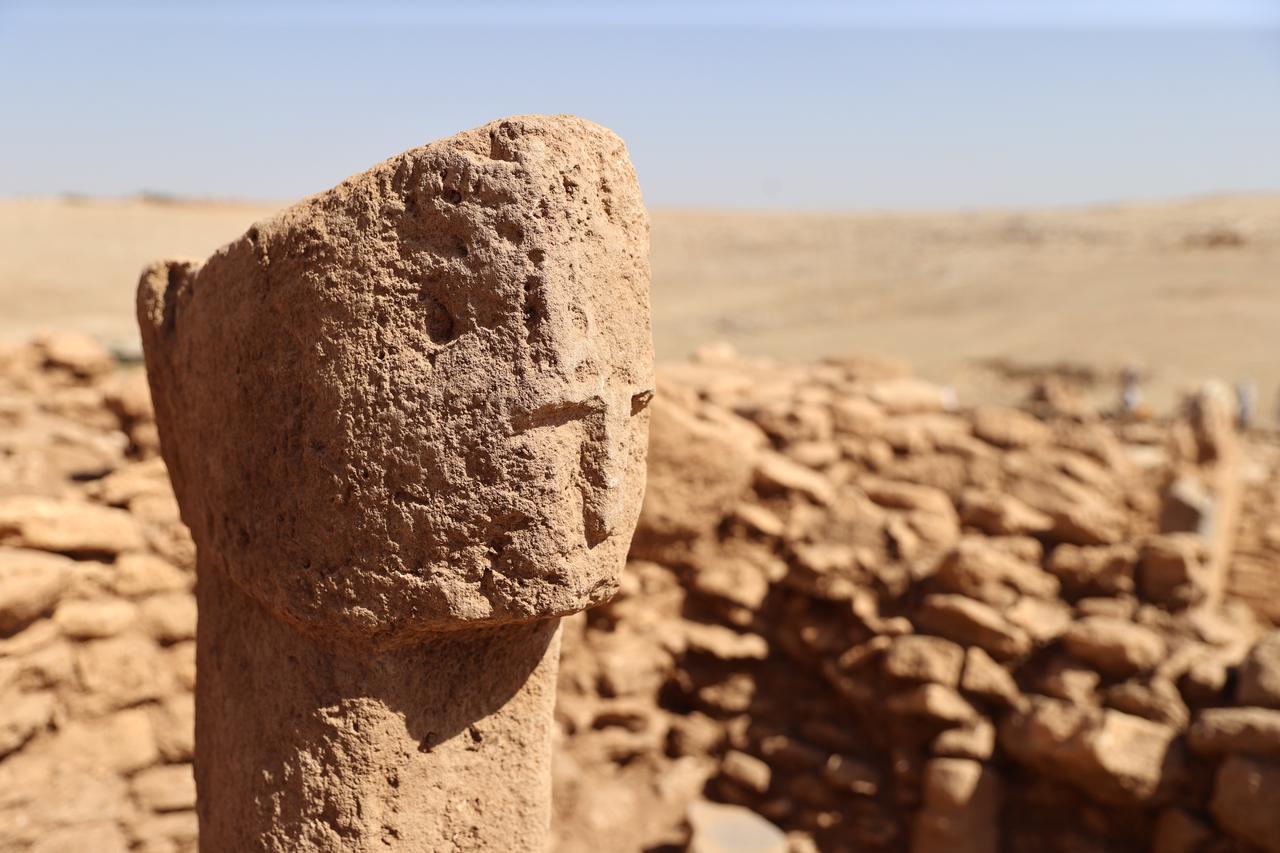
A 12,000-year-old T-shaped pillar carved with a human face has been unearthed in Karahantepe, one of Türkiye’s most significant Neolithic settlements. Archaeologists say the find strengthens the long-debated theory that these monolithic pillars were crafted to represent human figures.
The discovery was announced within the framework of the Tas Tepeler (Stone Mounds) Project, a broad archaeological initiative led by Türkiye’s Ministry of Culture and Tourism to explore early human settlements across the Sanliurfa region.
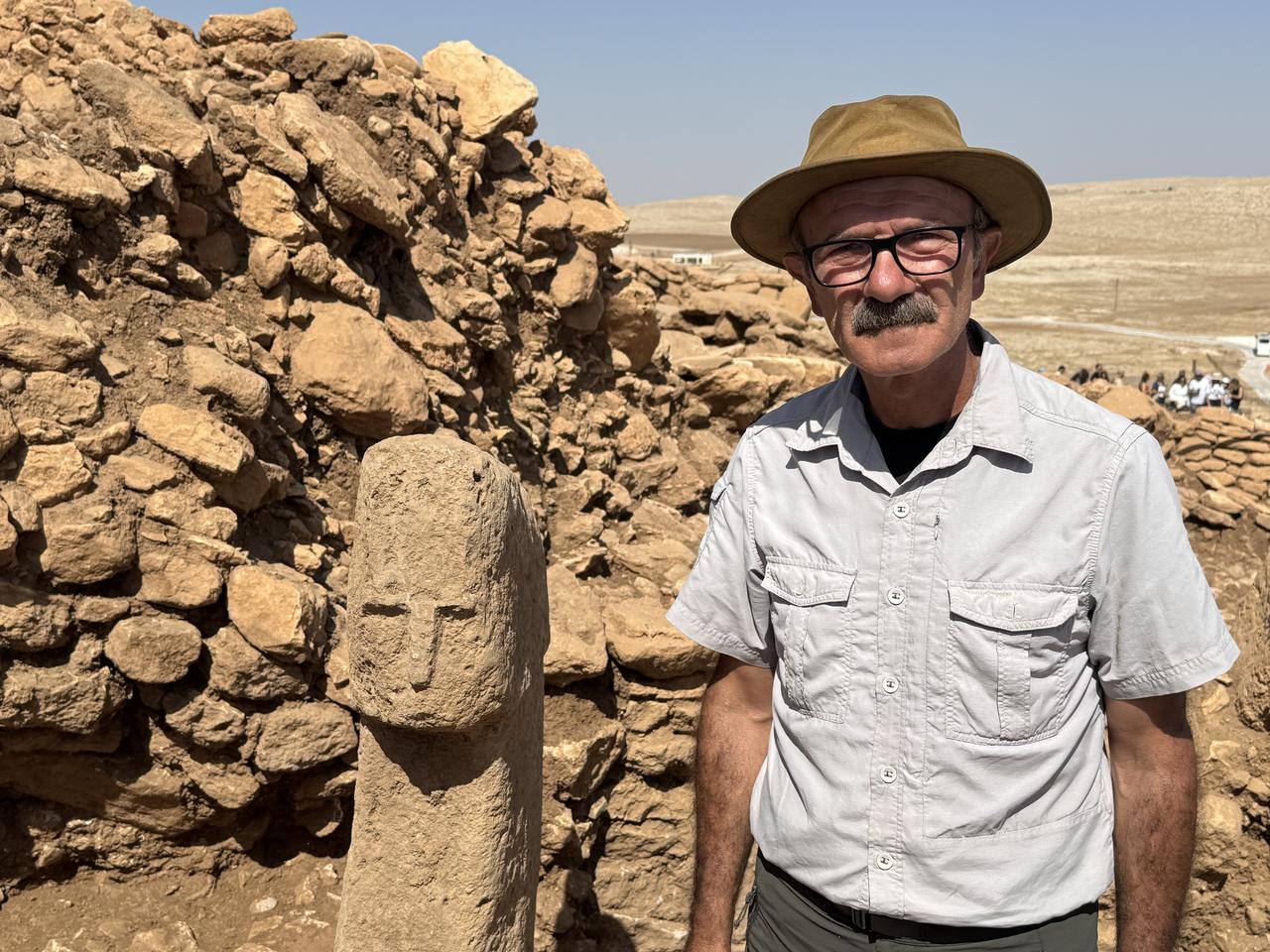
During this year’s excavations, researchers found a domestic structure containing three smaller T-shaped pillars. On the side of one pillar, they identified a carved human face with deep eye sockets, a defined nose, and sharply outlined facial contours.
Professor Necmi Karul, who leads the Karahantepe excavation team, explained that the house was built vertically into the ground, with clay-covered walls and a floor paved with flat stones. He noted that the pillars inside these structures were smaller than those found in public or ritual areas, suggesting that while they supported the roof, they also carried symbolic meaning within private spaces. “Their decorated surfaces reveal that these stones had artistic and symbolic value beyond architecture,” he said.
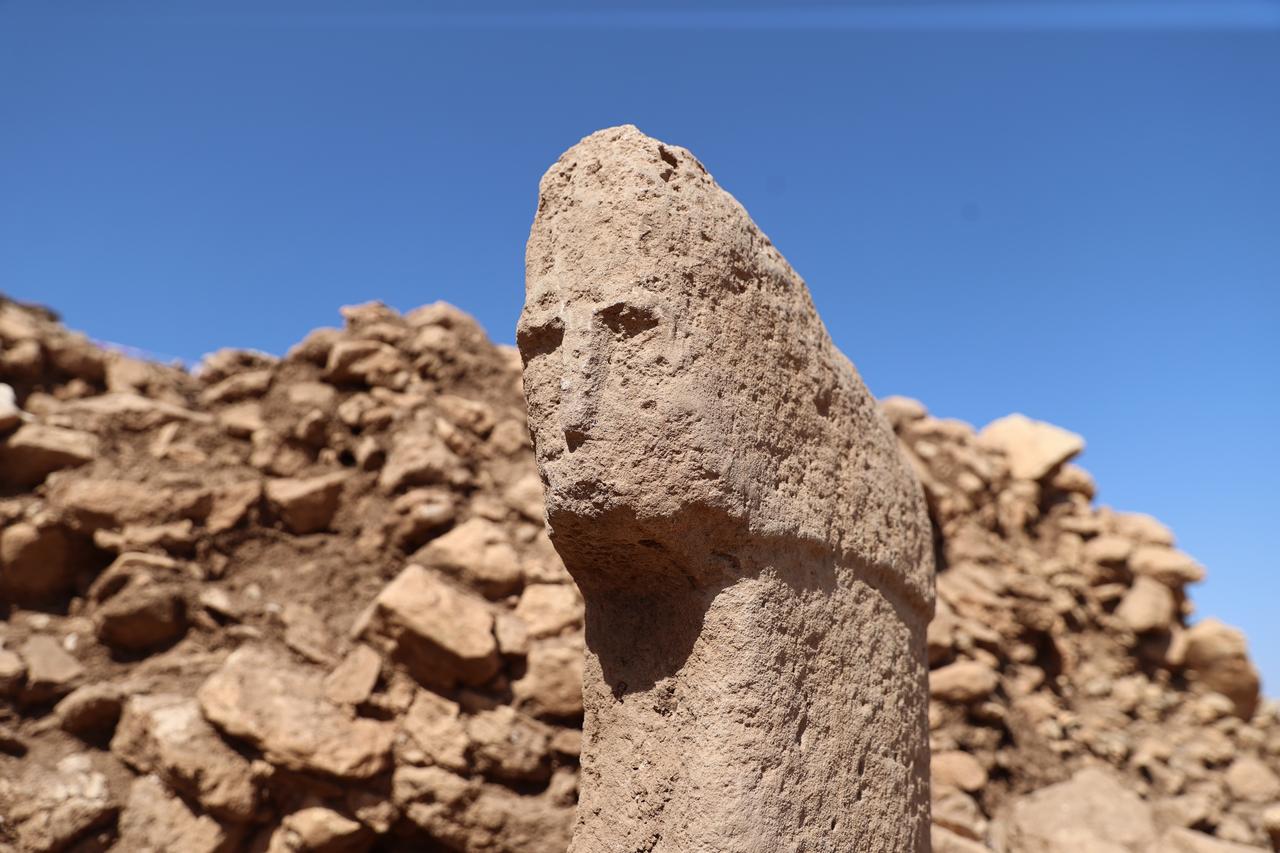
Professor Karul added that this discovery provides solid evidence supporting previous interpretations of the T-shaped pillars. “We have long suggested that the horizontal part of the ‘T’ symbolized the head, and the vertical section represented the body,” he said. “This new pillar, bearing a sculpted human face, confirms that interpretation clearly.”
He pointed out that the facial features match other Neolithic sculptures found in the region. “The expression, the deep eyes, the nose, the sharp contours—they correspond perfectly with depictions seen in known statues,” he said. This, he emphasized, provides direct proof that the pillars symbolized human beings, linking architectural elements to anthropomorphic design.
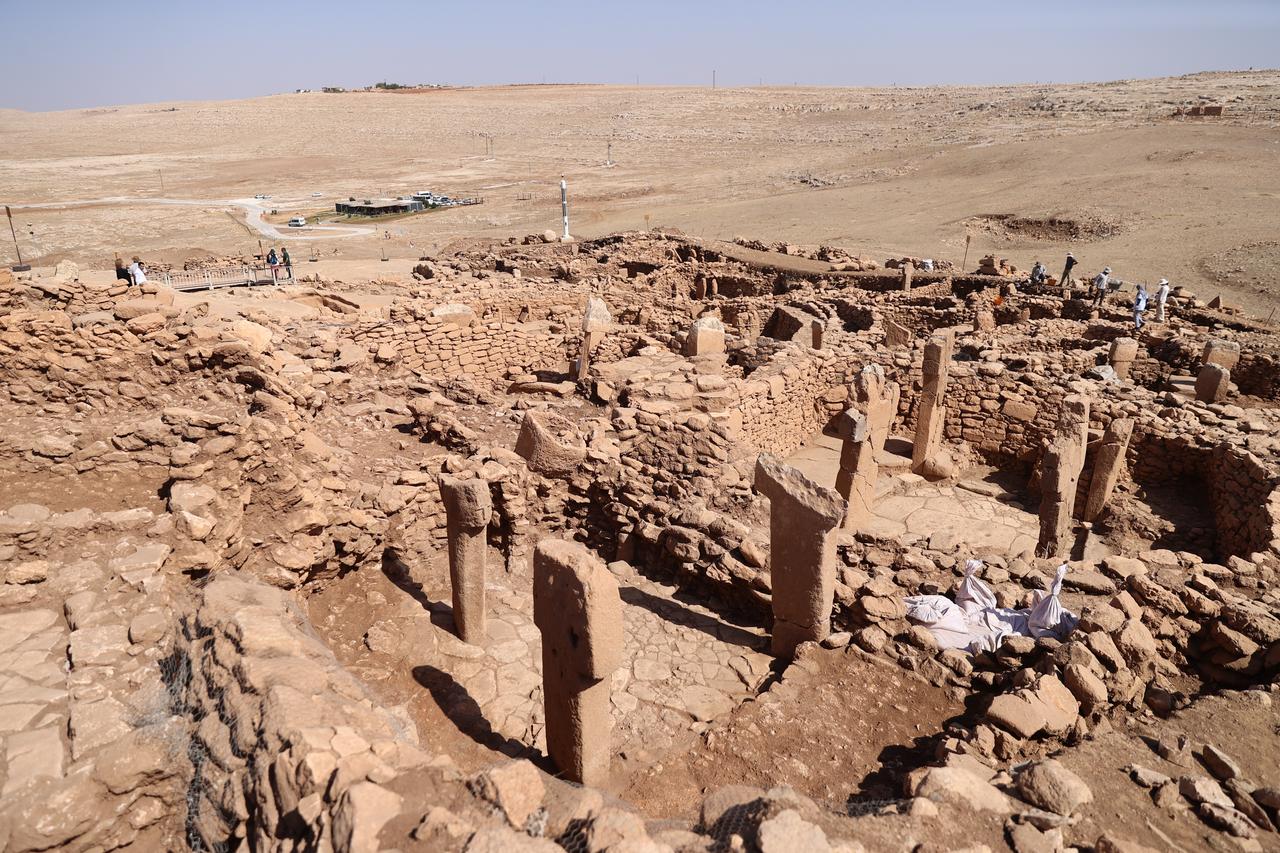
The new find also strengthens the connection between Karahantepe and the nearby site of Gobeklitepe, where similar reliefs of arms and hands have been found on T-shaped pillars. Both sites belong to the early Neolithic cultural zone known as Tas Tepeler (“Stone Hills”), which marks a turning point in human civilization—from nomadic life to organized community building.
The ongoing excavations in Karahantepe cover approximately 6,000 square meters, with new discoveries continuing to redefine the symbolic and social landscape of early Anatolia.
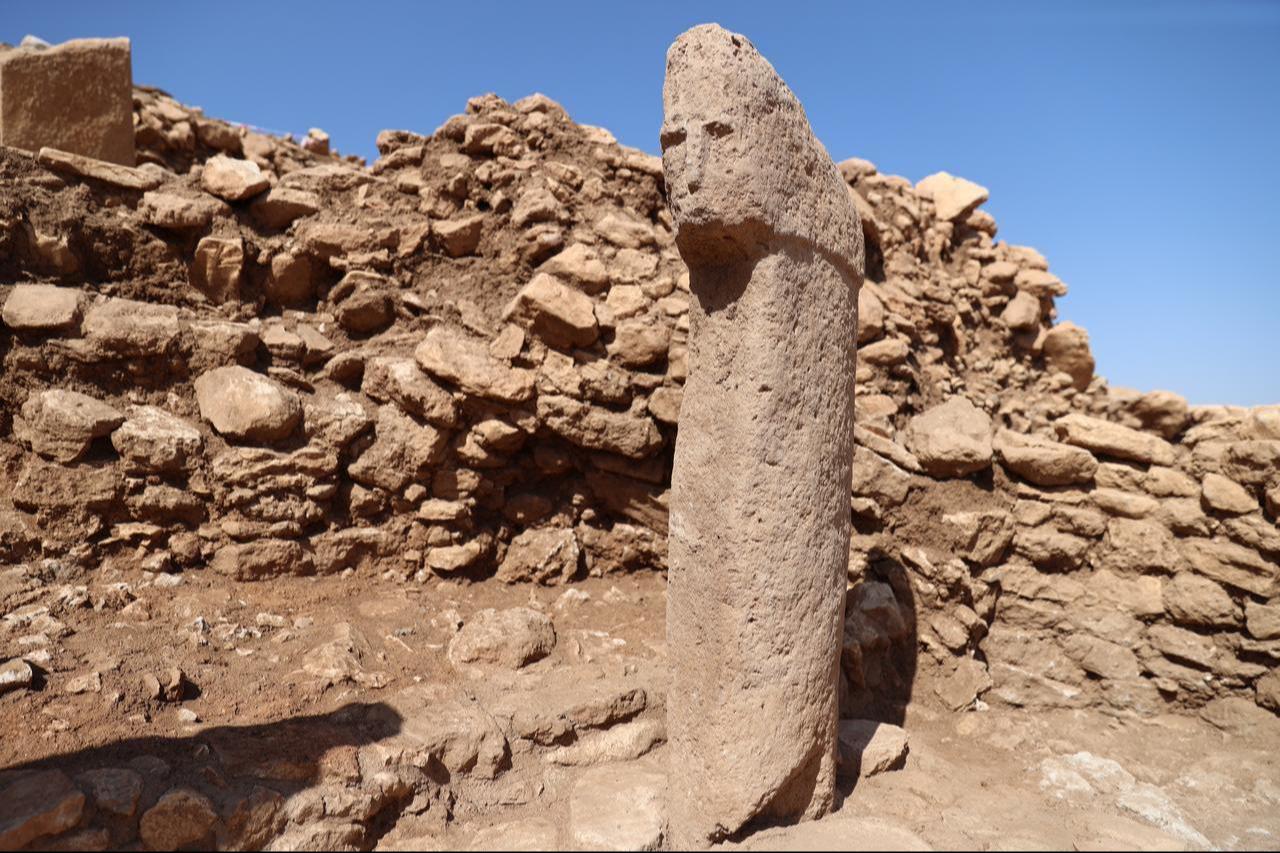
Culture and Tourism Minister Mehmet Nuri Ersoy described the face as “a gaze reaching us from 12,000 years ago.” He emphasized that every discovery on these ancient lands makes humanity’s shared past more visible. “We continue to protect, understand, and share this heritage with the world,” he said, thanking the excavation team and the General Directorate of Cultural Heritage and Museums for their work.
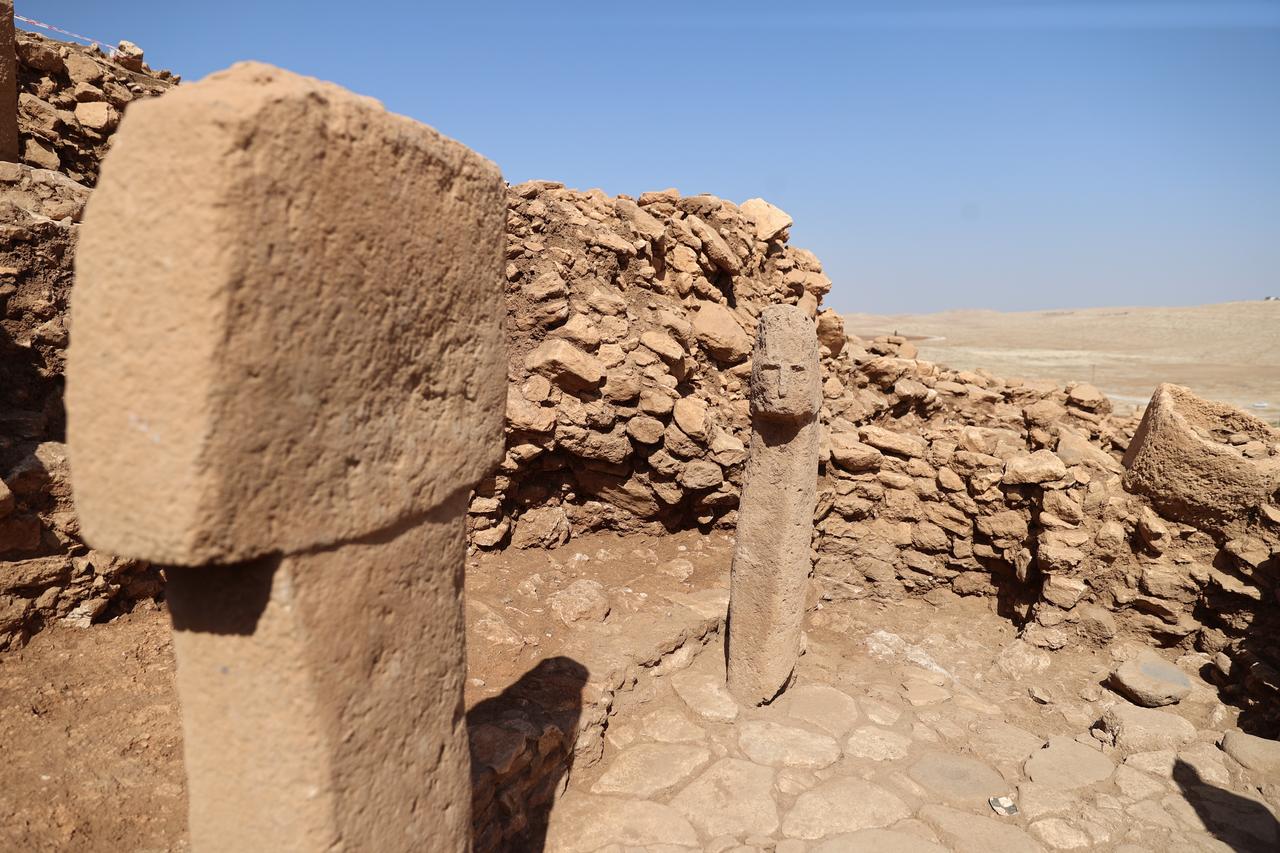
Karahantepe lies near the Hilvan district in Sanliurfa province, southeastern Türkiye. Visitors can reach the site easily by private car, taxi, or public transport from Sanliurfa’s city center. Entry to the site requires a ticket, though the Museum Pass (Muzekart)—valid for all Ministry-affiliated sites—allows discounted or free admission.
For travelers, Karahantepe offers a rare opportunity to stand before the world’s earliest symbols of humanity, in a landscape that continues to reveal the origins of belief, art, and architecture.